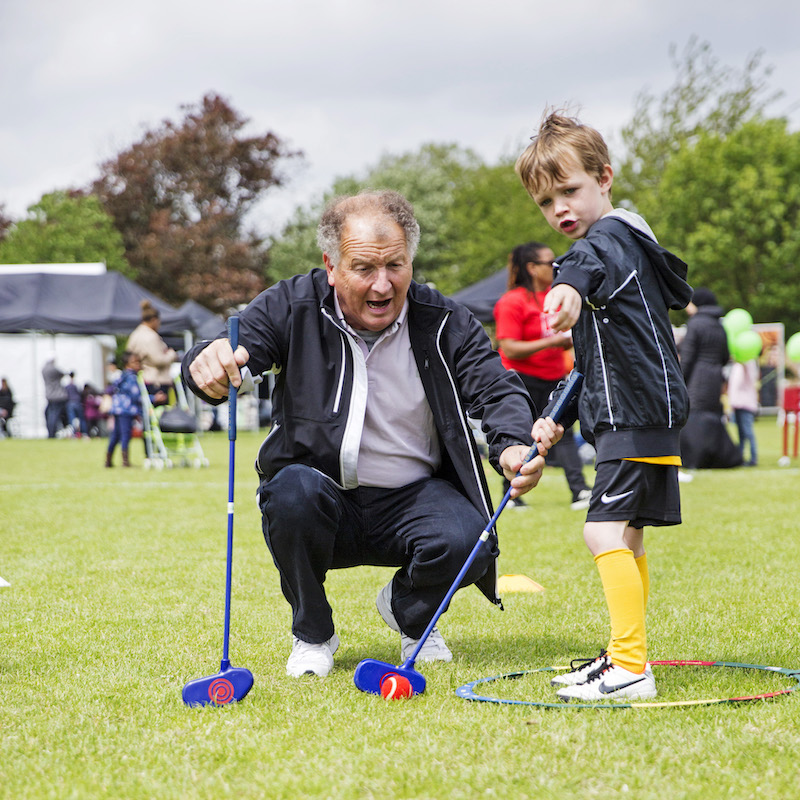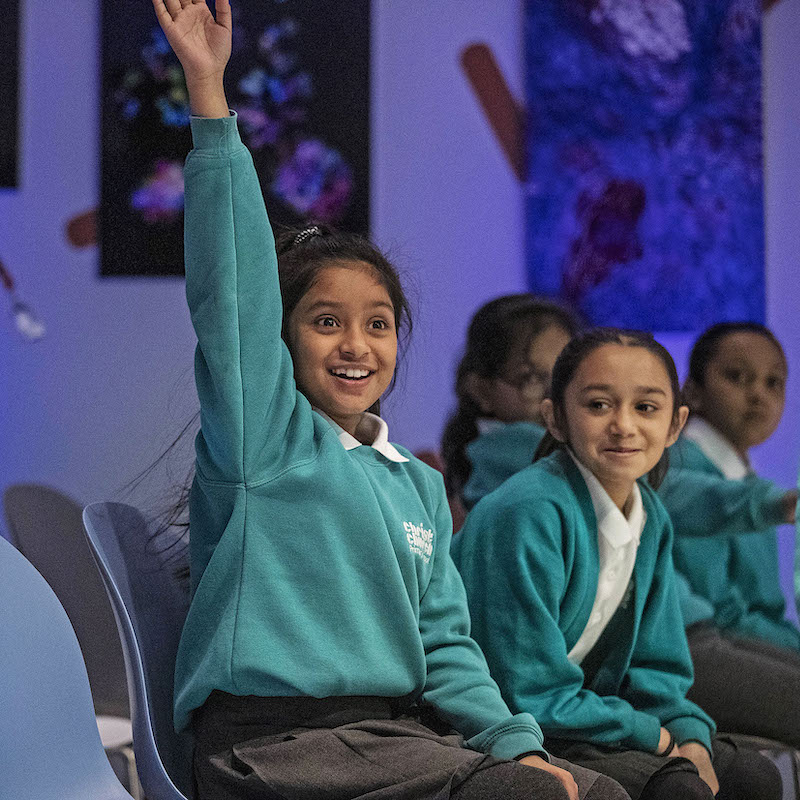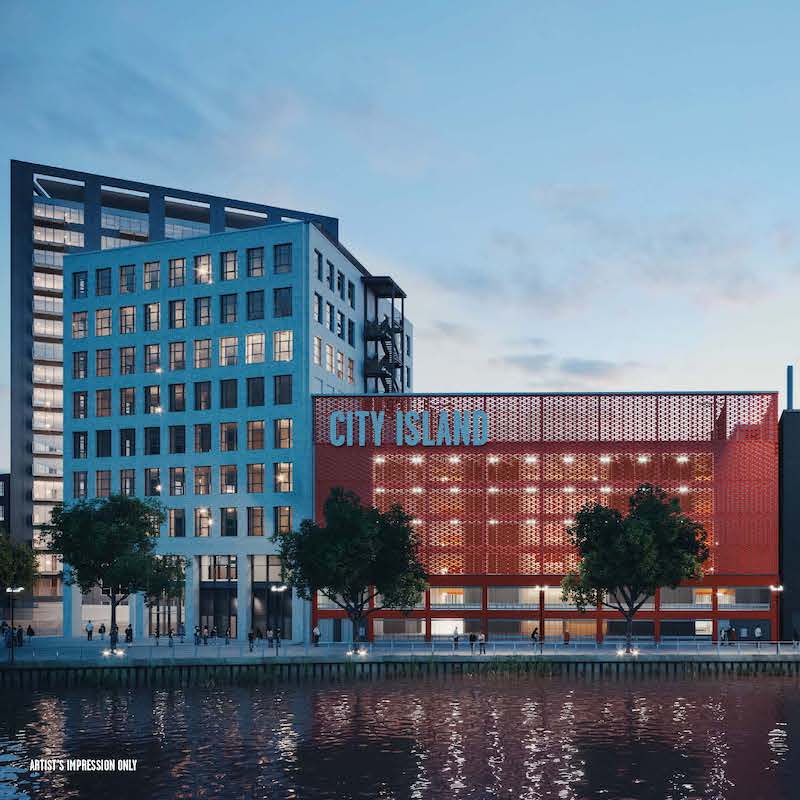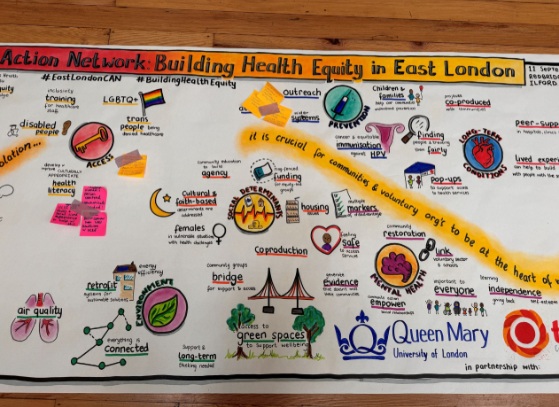Civic University Agreement
Opening the doors of opportunity
We are proud of our place within east London, one of the most diverse, creative and fastest growing areas of the capital and the UK. As a longstanding neighbour to over two million residents, there are a multitude of ways in which Queen Mary works with and for its local people, communities and partners.
The five themes outlined in our Civic University Agreement are a result of this collaborative process and represent a strong, evidence-based foundation upon which we can build our civic purpose in the months and years ahead.
Case study: Read more below about the Queen Mary Legal Advice Centre
Opening in 2006, the Queen Mary Legal Advice Centre is a vibrant student law clinic in Tower Hamlets. Each year the Centre brings together circa 500 Law students, over 250 volunteer lawyers, 550 clients and over 90 different community groups to provide free legal advice and public legal education workshops.
Running for 19 years, the QMLAC provides all its outputs for free to individuals and groups who would otherwise not be able to pay.
Milestones achieved in 2023-2024 include; the Centre crossing the threshold of securing over £1m of disability benefits for clients in the First-tier tribunal, supporting their 5,000th client, finalising planning permission for a new four storey stand-alone building to ensure the service remains in the heart of the local community (on the busy Mile End Road) and welcoming over 10,000 school students to participate in interactive workshops on image-based sexual abuse.
Case study: Read more below about CHILL (Children’s Health in London and Luton)
The CHILL study investigates the effects of reducing air pollution from traffic on children’s health. Working with primary school students, researchers from the Wolfson Institute of Population Health are investigating the effectiveness of London’s Ultra Low Emission Zone (ULEZ), whether the ULEZ reduces air pollution, and whether this reduction has a positive impact on children’s health compared to a control group in Luton.
Over 3,300 primary school pupils in London and Luton are taking part over four years to investigate the impact of reducing air pollution on children’s lung growth, respiratory symptoms, activity levels and brain function.
Case study: Read more below about London City Institute of Technology
The London City Institute of Technology is a collaboration between Queen Mary University of London, Newham College and a wide range of employers. It will specialise in delivering higher technical education and apprenticeships with a focus on STEM subjects, such as engineering, digital, and construction.
With £28m in funding from the Department for Education and the Greater London Authority, the Institute will play a vital role in creating secure, high-quality roles in areas where employers need future skills. The London City Institute of Technology will also help to fill local skills gaps by providing upskilling and reskilling opportunities for adults.
Case study: Read more below about Arts & Culture at Queen Mary
The Centre for Creative Collaboration at Queen Mary brings together creative practitioners, cultural organisations and Queen Mary staff and students to sustain long-term collaborations, student employment opportunities and research projects, across east London and the world. These projects focus on exchanging knowledge and expertise across sectors and research, teaching and collaboration at Queen Mary, drawing on arts and culture research and methodologies used across science, medicine and the humanities.
Staff in the School of English and Drama, for example, have been working with the local authority and local arts and cultural organisations on the annual Season of Bangla Drama since its creation in 2002. The festival brings together the best of British-Bengali theatre with a uniquely east London focus. It showcases local talent as well as putting the spotlight on a range of issues relevant to the British-Bengali experience. Its programme is in both English and Bengali, incorporating plays from east London as well as West Bengal, India and Sylhet Bangladesh.
Case study: Read more below about London Living Wage
The real Living Wage aims to have an impact on high rates of in-work poverty that affects millions of households in the UK by introducing a higher minimum pay threshold based on the amount a person needs to earn to cover the basic costs of living.
Queen Mary became the first accredited university in the UK to pay the real Living Wage in 2006, bringing outsourced cleaners in-house and introducing new working conditions for staff. By January 2008, every staff member at the University received a basic minimum package of 30 days’ annual leave, access to sick pay, an annually negotiated pay increase and an employer-contribution pension scheme.
As a principal partner of the Living Wage Foundation, research from Queen Mary’s School of Geography provided evidence to support the campaign for employers to adopt the Living Wage.





.jpg)
.jpg)
